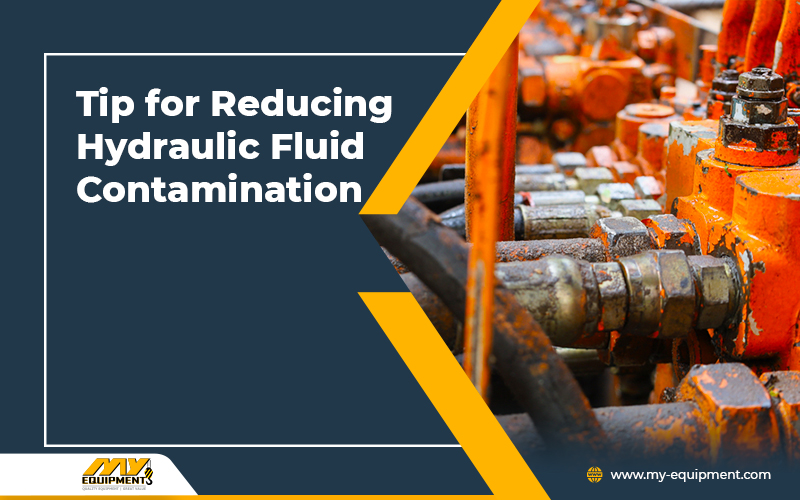Although you won’t be able to completely eliminate contamination from the hydraulic system of your equipment there are some measures that you can take to drastically reduce its contamination levels. If you plan a reduction strategy to minimise the contamination level of your equipment’s hydraulic fluid you will notice a definite improvement and lesser contamination levels over time. Make sure that when you are creating a plan, you consider the environment the equipment is in. And also, what condition the components and the hydraulic system of your equipment operate in. You need to craft a strategy that is doable and will actually support your systems design. The following are a few things you can do to reduce overall hydraulic fluid contamination levels.
Test and analyse your equipment’s hydraulic fluid on a regular basis
If you are thinking of a strategy to reduce fluid contamination levels then you need to make sure that you include regular testing and fluid analysis into the strategy. A reduction strategy without rigorous fluid contamination testing, analysis and measurement is incomplete. You can sample the hydraulic fluid at different points in the system with the help of a testing kit. Later, you can either perform an analysis yourself or send it to a laboratory for testing. With the help of this analysis, you will be able to get accurate data about your systems contamination levels. With the accurate measurement of your systems contamination levels, you will have an easier time evaluating how clean your system is and tracking down the source of the contamination.
Removal of particulate contamination
If you find out in your analysis that the contamination levels of your system’s hydraulic fluid are above average, you should remove the contaminants. You need to understand that it is quite pricey and time consuming to get rid of the contaminants from the hydraulic fluid of a system. The process requires that you flush the contaminated system and replace it with new hydraulic fluid. Apart from removing the old fluid you might also need to add new filters to the system.
Make sure everything is clean
When you are using equipment at a construction work site you might have trouble keeping contamination levels under control. There are a lot of chances for dirt and sand to fall into your construction equipment’s hydraulic tank and if the port is left open it might be condensed by moisture. Your system’s hydraulic fluid might get contaminated during repairs and maintenance as well, so, make sure to be extra careful when servicing your used heavy equipment. Make sure to keep all the ports closed and clean the hydraulic hose before reattaching it to the system.
Cleanliness is extremely important whether you are in the field, or out of it, to ensure that your equipment’s hydraulic fluid does not get contaminated. You need to keep the equipment; tools and all the work surfaces clean. If there are any lingering particles left behind from a previous repair job on your workbench remove them before you start servicing your machine.


 1400 Broadfield Blvd, Houston, TX 77084,
USA.
1400 Broadfield Blvd, Houston, TX 77084,
USA. omer@my-equipment.com
omer@my-equipment.com